Nickname(s) Clancy Name Clancy Lyall | Rank Master Sergeant Years of service 1942–1959 | |
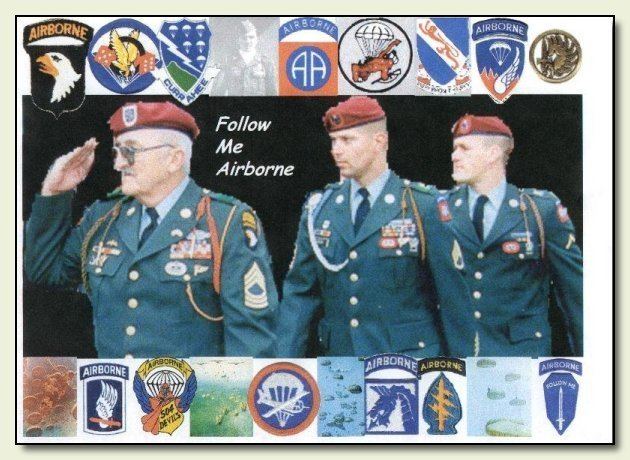 | ||
Born October 14, 1925
Orange, Texas, U.S. ( 1925-10-14 ) Place of burial Evergreen Memorial Gardens, Great Mills, Maryland Allegiance United States of America Battles/wars World War II
Operation Overlord
Operation Market Garden
Battle of the Bulge
Western Allied invasion of Germany
Korean War
Suk Chon Battle of Yongju
Munsan-ni Died March 19, 2012, Leonardtown, Maryland, United States Unit E Company, 506th Infantry Regiment Battles and wars World War II, Operation Overlord | ||
Service/branch United States Army | ||
Silver eagle the official biography of band of brothers veteran clancy lyall by ronald ooms
Clarence Odell “Clancy” Lyall (October 14, 1925 – March 19, 2012) served with Easy Company, 2nd Battalion, 506th Parachute Infantry Regiment, in the 101st Airborne Division of the United States Army during World War II. This unit would be popularized in the mini-series Band of Brothers based on the book by the same name.
Contents
- Silver eagle the official biography of band of brothers veteran clancy lyall by ronald ooms
- Clancy lyall memorial service
- Early years
- World War II
- Korean War
- Indo China
- Later years
- Awards and decorations
- Works Cited
- Additional works
- References
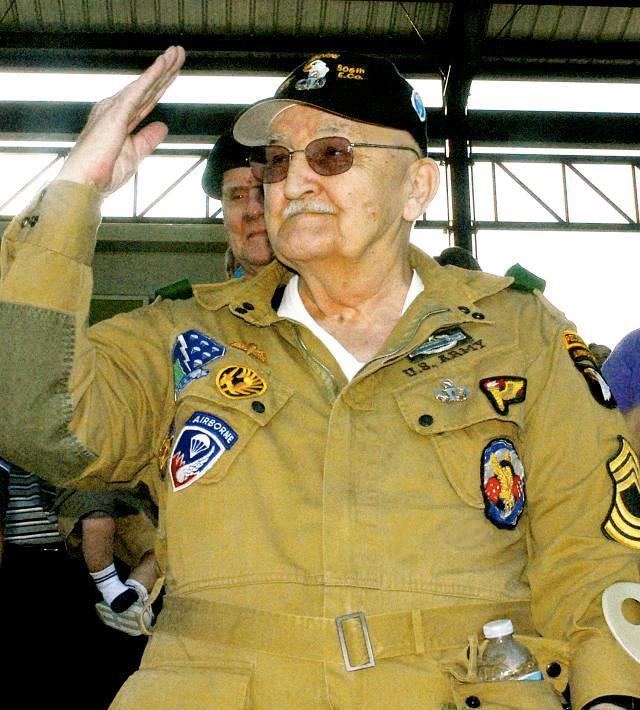
Clancy later served in the 82nd Airborne Division in post-war Germany and in 187th Airborne Regimental Combat Team[1] – The Rakkasans – in the Korean War. He also served in Indochina.
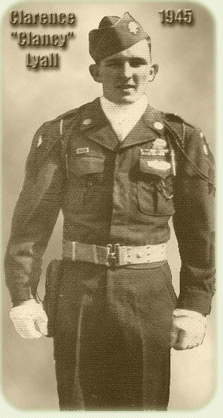
Clancy lyall memorial service
Early years
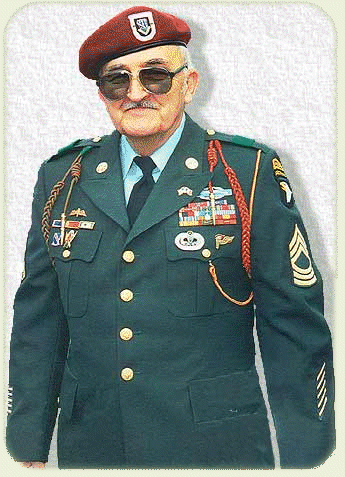
Clancy Lyall was born in Orange, Texas. His father, Arthur Edward Lyall, who worked on ships transporting oil from the United States to Scotland, was a Scot. His mother, Beulah, was a full-blooded Cherokee Indian from Oklahoma. His father met his mother on a trip to the US after wanting to see the native peoples in Oklahoma. They married and Beulah eventually moved to Orange Texas to set up a farm. Clancy was raised for a time with his maternal Grandfather on the reservation while the farm was being built. Once the farm was completed Clancy attended a one-room school and worked on his parents' 120 acre farm in Orange until they moved to Pennsylvania in 1939. In the summers he would also cross the Sabine river to work in Louisiana, earning some money by picking Spanish moss for use as mattress batting. The skills he learned from the Cajuns in how to survive in the swamps would prove useful in his later military career as did the hunting and tracking skills taught to him by his Cherokee grandfather. Clancy also hunted cougar to bring in extra money for the family.
World War II
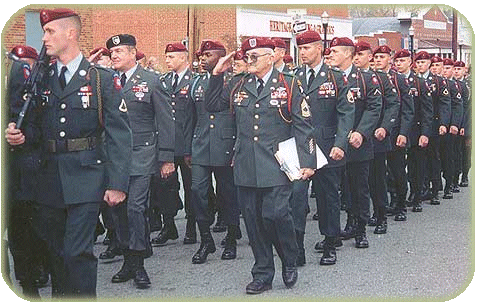
Clancy enlisted in the Army in November 1942 at Fort Indiantown Gap, Pennsylvania. He received basic training at Camp Blanding, Florida. He then moved to Fort Benning for parachute training. Clancy shipped overseas to England later in 1943 where he was assigned as an instructor for A Stage of the Airborne School at Chilton-Foliat. In March 1944 he was transferred to Headquarters Company, 2d Battalion, 506PIR, heavy weapons platoon.
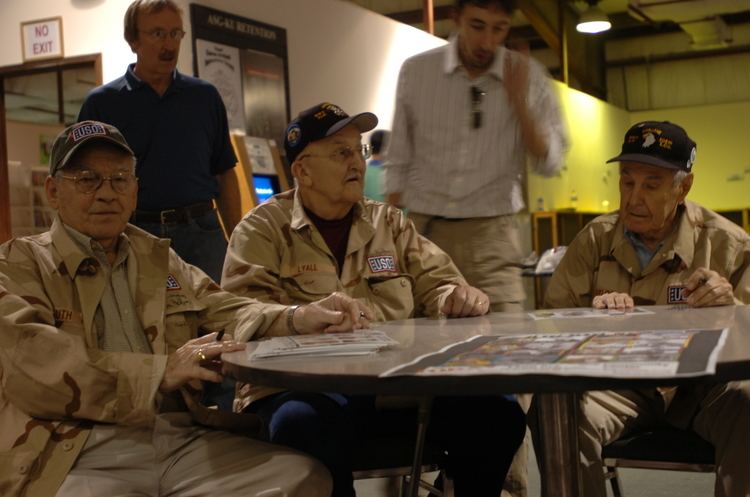
He jumped into Normandy on June 6, 1944 as part of the Airborne component of Operation Overlord. He landed near Sainte-Mère-Église, two to three miles from his intended drop zone and fought with Company B, 508PIR, 82d Airborne Division, for the first few days before making his way back to the 506th. On June 13 he was bayoneted in the stomach while fighting in Carentan, France, and was evacuated to England for recovery. In Shifty Powers' biography, while recounting this incident, Clancy is described as, "a goodhearted farm boy from Texas."
In August he was officially transferred to Company E, 2d Battalion, 506PIR. A fellow soldier and author of his own World War II experiences, David Kenyon Webster also took note of Clancy and described him as, "very young, likable, and chatty." Webster also recorded their Platoon Sergeant Floyd Talbert's view of Clancy as, "a bright and eager younger brother who....would turn into a great soldier." Introduced with Clancy was Mike Massaconi, who Clancy would call his closest buddy during the war. In September 1944, Clancy jumped in the daring but doomed Operation Market Garden in the Netherlands. He was wounded in the leg in fighting there in October. Clancy recovered from his wound and returned to his unit now located at Mourmelon, France. In December they were moved to the front in Belgium and fought in Bastogne, Belgium into January 1945. During the fighting there he was wounded a third time. It happened on the day after Christmas - December 26, 1944. He was wounded in the head. It was bandaged up and he was further treated for his wound in a building. It would be the only time he saw the inside of a building during the entire Bastogne campaign.
He took part in the fighting at Hagenau, in Alsace. In Germany they liberated a Nazi concentration camp at Landsberg near Memmingen, Bavaria. It was one of the most difficult moments of the war. Men wept at what they saw in the camps. He remained with "Easy Company" in Austria through the end of the war. He was among those who took Berchtesgaden and Hitler's Eagle's Nest in the closing days of World War II and was with the 506th in Zell am See. He reenlisted in 1945. He was transferred to the 82nd Airborne in Frankfurt, Germany. He served there through 1948.
On January 12, 1946, he marched in the Victory Parade in New York City. He married his first wife Violet that same year. He was stationed in Germany while the Nuremberg Trials took place. During this time he found and took in a former German paratrooper and his wife. He shared his own living quarters with them. He also provided a stamp book he had found in Berchtesgaden, which listed names of those who joined the Nazi party, to the judges there.
In 1949, he received Recondo training, which ultimately included six weeks of Commando training in the UK.
Korean War
In 1950 Clancy was assigned to the 187th Airborne Regimental Combat Team [2]. Serving in the Korean War, he made two combat jumps—one at Sukchon in October 1950, and one at Musan-ni in March 1951. The primary purpose of the Sukchon jump was to intercept retreating North Korean forces and free American POWs.
Indo-China
In March 1954, Clancy saw firsthand the unfolding of the siege of the French Foreign Legion in the Battle of Dien Bien Phu. He was assigned as an adviser and intelligence gatherer for the French forces positioned there. He evaded the closing ring of Việt Minh besiegers, escaping a few weeks before the French fortifications fell in May of the same year. Clancy's escape culminated under the cover of darkness with a painfully slow belly crawl across the flood plain which took him down to the banks of the Nam Yum River. The several hundred yard crawl took a few hours to complete. The current of the river carried Lyall silently downstream to his freedom.
In the late 1950s, Clancy was reassigned back to the reactivated 101st Airborne Division at Fort Campbell, Kentucky.
Clancy retired from the service in 1959 after an injury from a training jump. He had made four combat jumps in two wars.
Later years
After leaving the service, Clancy initially worked for a carpet firm. He moved to Florida where he worked for Carvel Ice Cream as a marketing director. He remarried in 1971. He eventually moved to Lexington Park, Maryland. Clancy had six children, nine grandchildren and one great grandchild.
He continued to be very active in the service to his community and to fellow veterans. Among numerous positions he held, he was VFW Commander Post 2632, American Legion Vice Commander, Lions Club President, President of Veterans of the Battle of the Bulge, and member of Southern Maryland Veterans Advisory Board.
In 2005, Clancy was recognized as Native American by a chief of the Cherokee Nation and given the name "Silver Eagle."
In 2008, he traveled to Kuwait with several other fellow E/506 veterans in coordination with Valor Studios and the USO to show their appreciation for the US troops serving there.
He died in the morning of March 19, 2012, at age 86 at St. Mary's Hospital in Leonardtown, Maryland. He was buried at Evergreen Memorial Gardens in Great Mills, Maryland on March 24, 2012.
A compilation of some interview sessions by Belgian journalist Ronald Ooms about Clancy's life were transcribed into book form and published after his death. The draft was approved by Lyall before his passing and his story was published by Pneuma Springs Publishing in the UK in 2013. In early March 2012 an unnamed US-based publishing company was interested in the story but negotiations ended abruptly shortly after Clancy's passing.
Awards and decorations
His list of authorized medals and decorations are:
Battle of the Bulge Commemorative Medal: Bastogne
World War II French Normandy Commemorative Medal
World War II 50th Anniversary of Austrian Liberation Commemorative Medal
World War II 60th Anniversary Medal
